 Toco Toucan (Ramphastos toco)
Toco Toucan (Ramphastos toco)
 Toco Toucan (Ramphastos toco)
Toco Toucan (Ramphastos toco) |
 |
| Pictures (click on them to enlarge) | ||
|---|---|---|
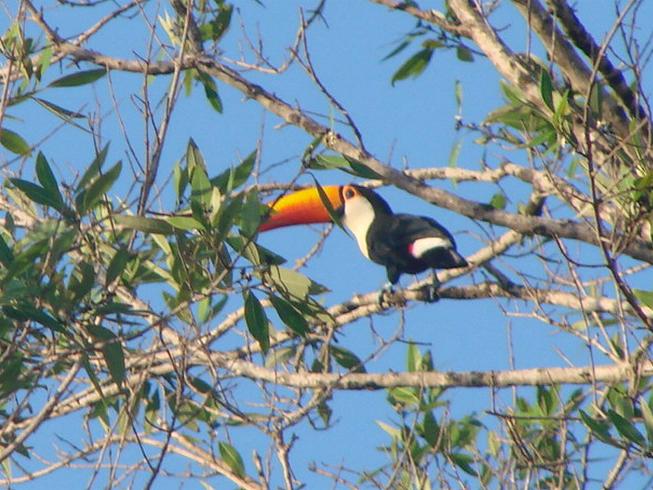 © Dominiek Plouvier | 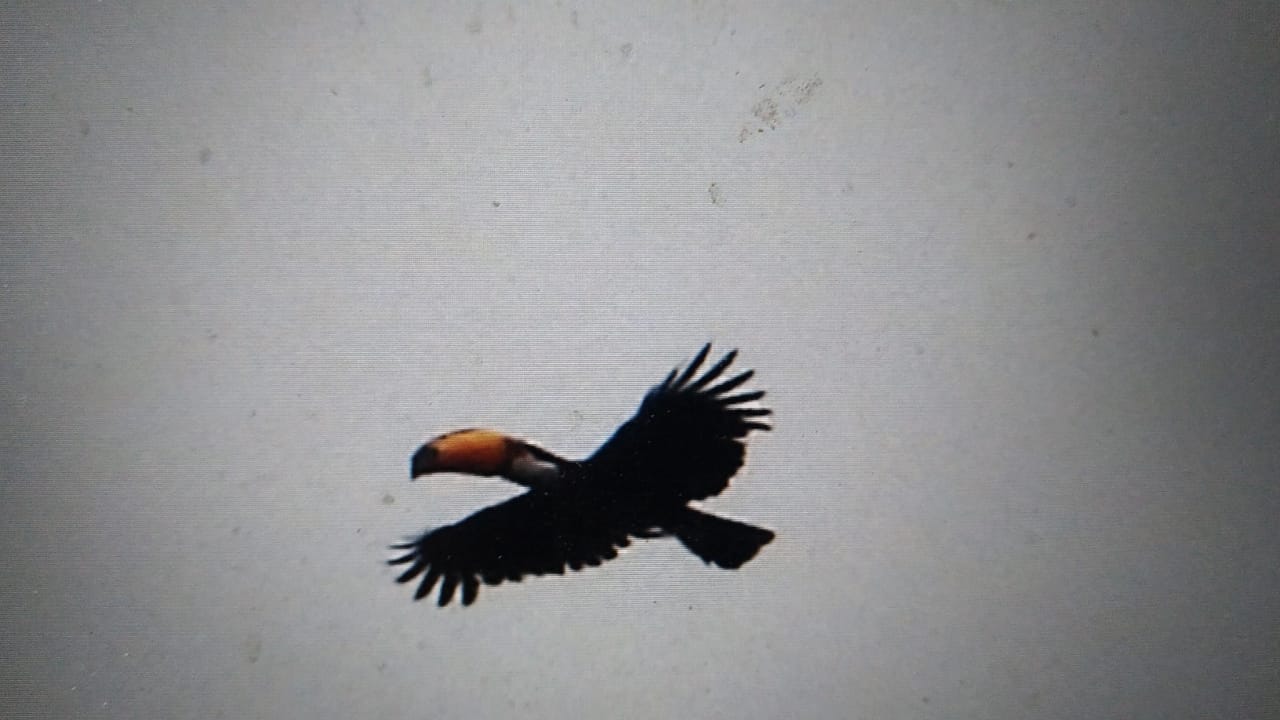 © Serano Ramcharan | 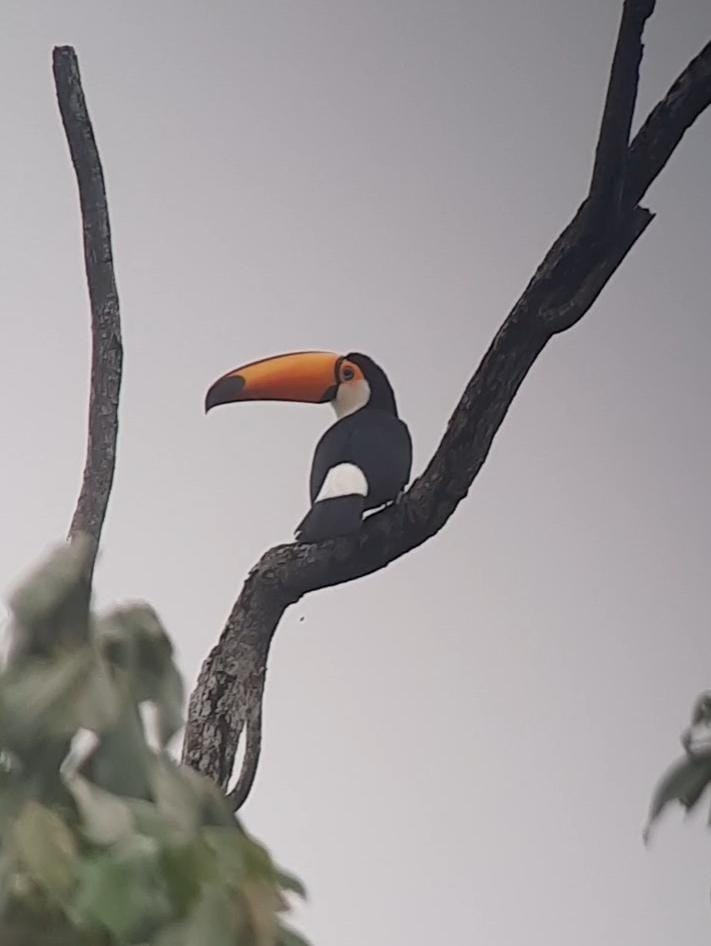 Coronie © Sean Dilrosun, birdguide |
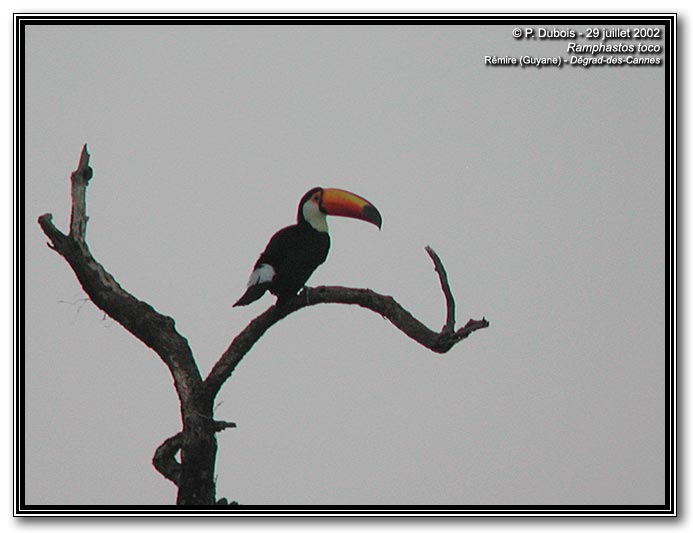 French Guiana © Pascal Dubois |
| The beautiful Toco Toucan is more a bird of swampy areas than the other toucans. In Brazil it is also seen on savannas. In Suriname it is rare. In the Nanniswamp in the west of the country I taped the sound (118 kB) of two toco toucans 'singing' together or maybe it is their alarm call. They went from one branch to another as I approached them with my mike. Other toucans from Suriname can be found in the photogalery, but this is the one with the biggest bill. It eats mainly berries and fruits, as the other toucans. It has been found nesting in Suriname, in a hole in a tree. Their bill doesn't allow them to really make a hole in a tree like for instance woodpeckers do. So they have to use an existing hole. Photo made by Wouter Plouvier at Weg naar Zee in Suriname, September 2006, by Pascal Dubois in French Guyane (2002) and one made by J. Ingels in a zoo in Belgium and the last one by Ribot in the zoo of Alphen. |
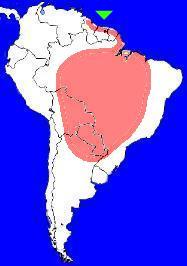 |
| Birdsounds (click on them to listen) | ||
|---|---|---|
| Sound recording of a Toco Toucan © Jan Hein Ribot |
|
|
||||||||||||||||||||||||||||||||||||||||||||
| Observations through the year | Observations of breeding through the year |
|---|---|
| The 23 reported observations of this bird in Suriname, mainly for the last 50 years up to 2018, have been grouped by month. More birds on one day are counted as one observation. Of course, if the graph should depict the total number of birds seen, the differences between the months could be much more pronounced. | The 1 reported breeding observations of this bird in Suriname. Most observations are about nest with eggs, some about fledglings, or feeding at a nest or the building of a nest. Of the about 5000 nests and eggs found for all species together, about 1/3 comes from the egg collection of Penard between 1896 and 1905. For some reason most collecting then was done in the first half of each year, so the shown distribution does not necessarily reflect the actual breeding preferences. The main dry season in Suriname is reckoned to be from half August to the end of November, the main wet season from half April to half August, but the the timing of begin and end does vary from year to year. Around March a second dry season often occurs. |